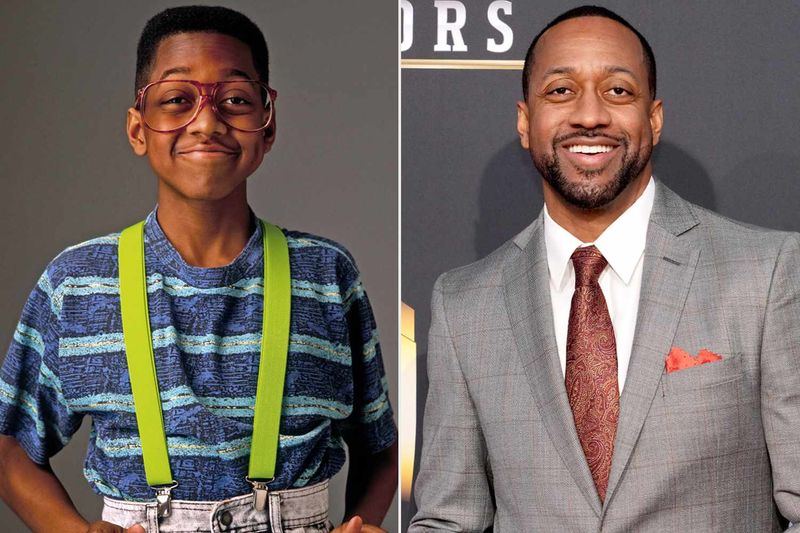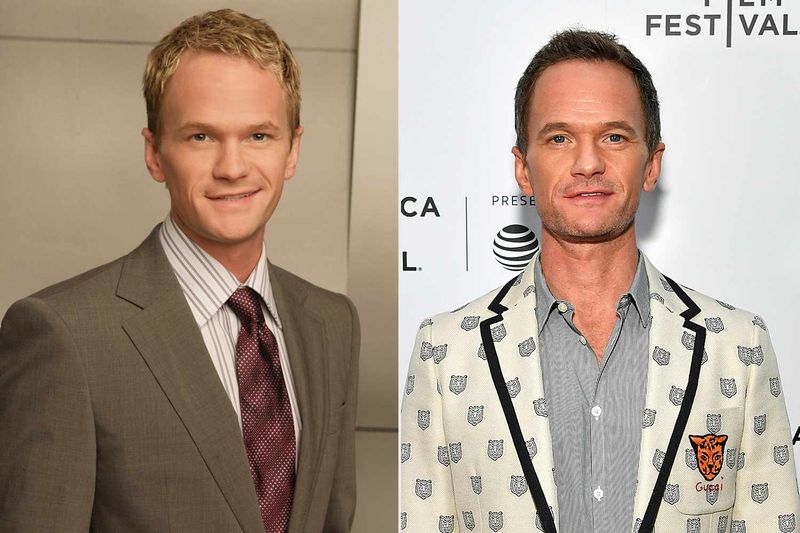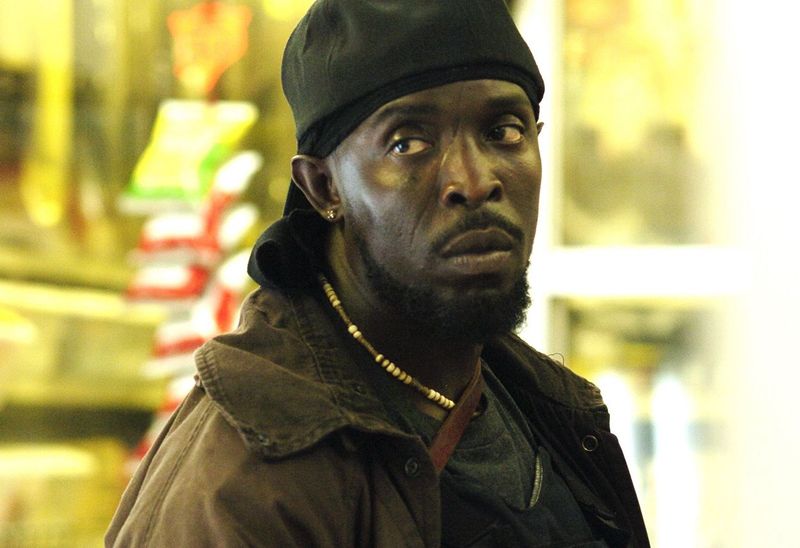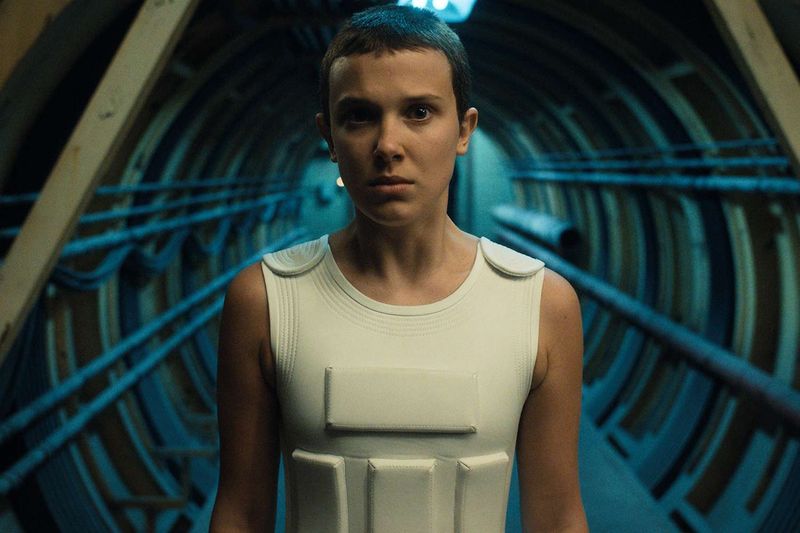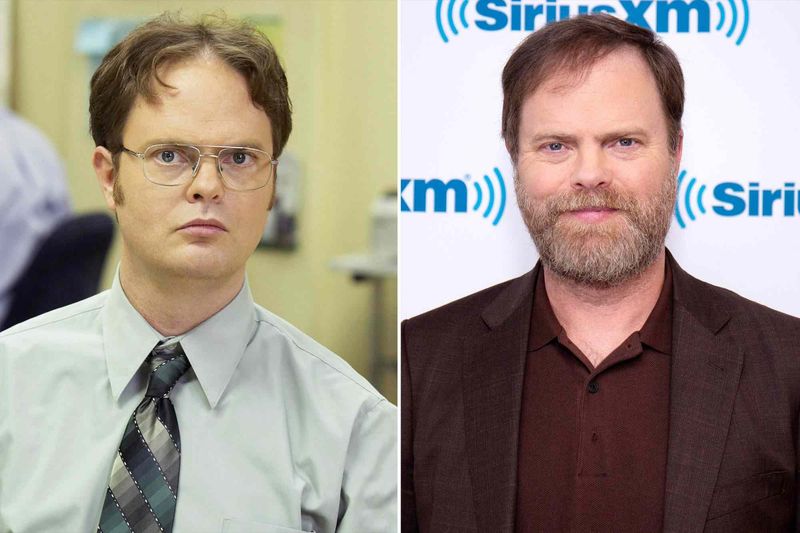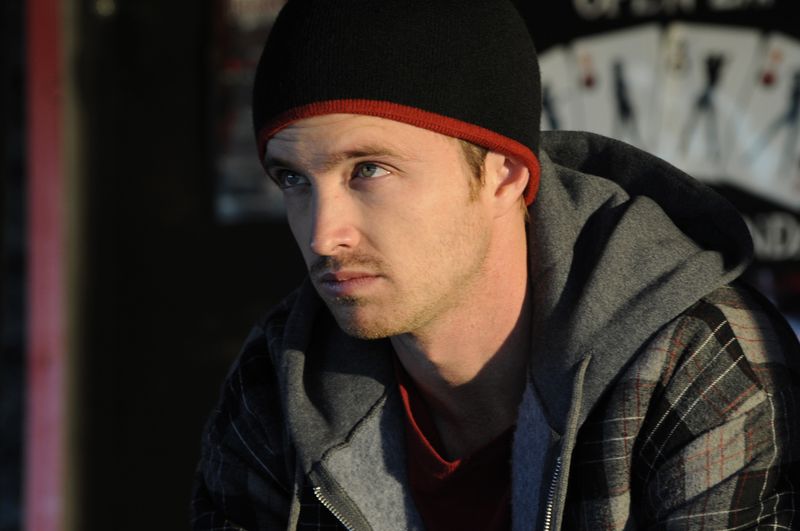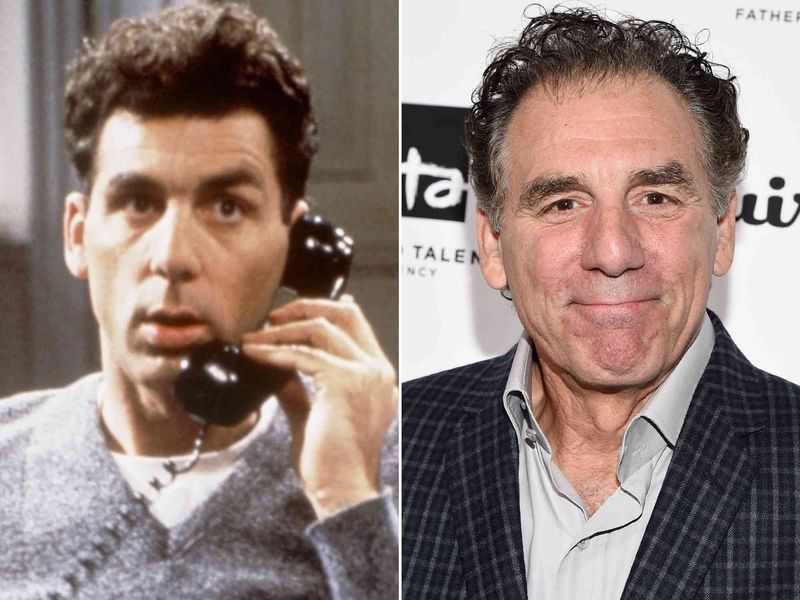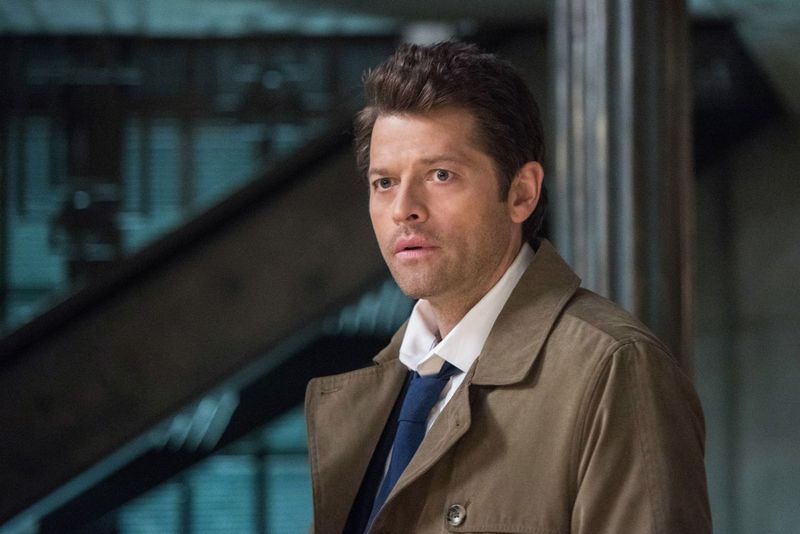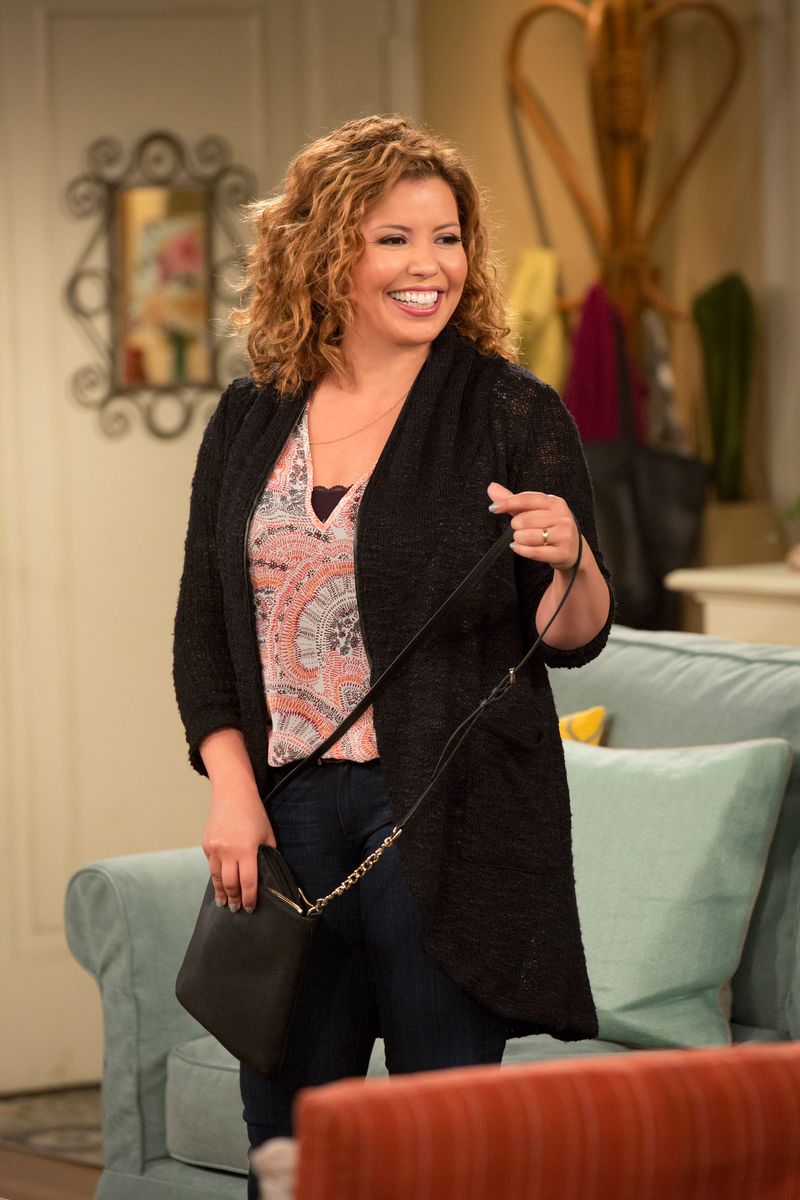Television characters often start as simple roles in weekly shows but sometimes grow into something much bigger. These characters leap off the screen and into our everyday conversations, Halloween costumes, and even our language. They weren’t designed to become cultural touchstones, but something about them clicked with viewers in a special way. Here are ten TV characters who surprised everyone by becoming major cultural icons.
1. Steve Urkel from “Family Matters”
Originally planned for just one episode, Jaleel White’s suspender-wearing nerd stole the show and eventually became its central character. His catchphrase “Did I do that?” spread across playgrounds nationwide in the 1990s.
Urkel’s exaggerated walk, distinctive high-pitched voice, and unrequited love for Laura Winslow created a character that was impossible to ignore. His popularity was so enormous that Urkel-themed merchandise flooded stores, including Urkel cereal and a talking doll.
Few could have predicted that a side character introduced as the annoying neighbor would transform the entire direction of a family sitcom and become one of TV’s most recognizable figures.
2. Barney Stinson from “How I Met Your Mother”
Neil Patrick Harris transformed what could have been a one-dimensional womanizer into a complex, suit-wearing legend with catchphrases that entered everyday language. “Legen—wait for it—dary” and “Suit up!” became rallying cries for a generation.
What made Barney iconic wasn’t just his outrageous schemes and playbook of dating strategies. His character evolved from simple comic relief to someone with genuine depth, revealing childhood trauma beneath his bravado.
The character sparked a real-world revival in men’s formal fashion, with suit sales reportedly increasing during the show’s run. His high-fiving, bro-code-following persona continues to influence pop culture years after the series ended.
3. Omar Little from “The Wire”
Michael K. Williams created television’s most fascinating contradiction – a gay, shotgun-toting robber who targeted drug dealers while following a strict moral code. His whistling of “The Farmer in the Dell” became an instant warning signal that struck fear throughout Baltimore’s streets.
Omar defied every stereotype, becoming a Robin Hood figure who never cursed and lived by his own principles. His famous line “A man got to have a code” resonated beyond the show, symbolizing integrity even in the most corrupt environments.
Barack Obama once named Omar his favorite character, highlighting how this complex antihero transcended television to become a cultural touchstone representing America’s complicated relationship with justice, morality, and urban life.
4. Eleven from “Stranger Things”
Millie Bobby Brown’s nearly-silent performance as a telekinetic girl with a mysterious past captured worldwide attention from the moment she appeared on screen. Her shaved head, bloody nose, and pink dress became one of the most recognizable Halloween costumes of recent years.
Eleven’s love for Eggo waffles created a genuine sales boost for the frozen breakfast food. Her limited vocabulary made her simple phrases like “Friends don’t lie” all the more powerful and quotable.
What’s remarkable about Eleven’s cultural impact is how quickly it happened – almost overnight, this character became the face of Netflix’s global expansion and proof that streaming platforms could create iconic characters rivaling those from traditional networks.
5. Dwight Schrute from “The Office”
Rainn Wilson’s beet-farming, paper-selling assistant to the regional manager wasn’t designed to be the breakout star of the American workplace mockumentary. His deadly serious approach to ridiculous situations created comedy gold that viewers couldn’t stop quoting.
Dwight’s bizarre combination of survival skills, martial arts enthusiasm, and unwavering loyalty to Michael Scott made him impossible to categorize. Fans embraced his peculiar worldview, with phrases like “False!” and “Bears. Beets. Battlestar Galactica” becoming part of internet culture.
The character sparked genuine interest in beet farming and Schrute Farms became so popular that real-world travel sites accidentally listed the fictional location as a real bed and breakfast, complete with reviews.
6. Tyrion Lannister from “Game of Thrones”
Peter Dinklage brought depth and humanity to a character who could have been reduced to fantasy stereotypes. His witty one-liners about drinking and knowing things resonated with viewers who appreciated his intelligence in a world of brute force.
Tyrion’s journey from scorned family member to Hand of the Queen represented the show’s complex moral universe. His famous trial speech captured the frustration of being judged unfairly and became one of television’s most powerful monologues.
The character challenged Hollywood’s portrayal of little people, winning Dinklage multiple Emmy Awards and forever changing how audiences view actors with dwarfism. Tyrion merchandise outsold nearly all other Game of Thrones characters, proving his unexpected cultural impact.
7. Jesse Pinkman from “Breaking Bad”
Aaron Paul transformed a character originally slated to die in Season 1 into the emotional heart of one of television’s greatest dramas. His catchphrase “Yeah, science!” and constant use of the word “bitch” became instantly recognizable cultural touchpoints.
Jesse’s evolution from small-time drug dealer to tortured soul gave viewers someone to root for amid the darkness. His relationship with Walter White created the show’s central tension, with Jesse representing the conscience that Walt abandoned.
The character resonated so deeply with audiences that creator Vince Gilligan developed the film El Camino specifically to provide closure for Jesse’s story. Few supporting characters have ever generated such passionate fan investment or influenced the direction of their shows so dramatically.
8. Cosmo Kramer from “Seinfeld”
Michael Richards created physical comedy magic with his wild hair, spectacular entrances, and bizarre schemes. Kramer’s sliding door entries became so iconic that live studio audiences would erupt in applause before he even delivered a line.
His outlandish entrepreneurial ideas like the beach-scented cologne and coffee table book about coffee tables showcased the character’s unique brand of misguided genius. Kramer existed in a reality slightly adjacent to the other characters, following dream logic that somehow made perfect sense.
The character’s impact extended beyond television, influencing fashion with his vintage bowling shirts and inspiring countless Halloween costumes. His nonsensical observations about everyday life continue to resonate with fans discovering the show decades after it ended.
9. Castiel from “Supernatural”
Misha Collins was originally hired for just a few episodes as an angel in a trench coat. The character’s deadpan delivery and confusion about human customs created unexpected comedy that fans immediately embraced.
Castiel’s signature look – the backwards blue tie and tan trench coat – became instantly recognizable. His growth from rigid heavenly soldier to someone who questions authority reflected the show’s themes about found family and free will.
What makes Castiel’s cultural impact remarkable is how fan enthusiasm transformed a minor character into a series regular who appeared in over 100 episodes. His popularity spawned conventions, merchandise, and one of television’s most passionate fan communities, demonstrating how audiences can shape television beyond creators’ original intentions.
10. Penelope Alvarez from “One Day at a Time”
Justina Machado’s portrayal of a single mom, veteran, and nurse broke new ground for Latina representation on television. Her character tackled serious issues like PTSD, depression, and addiction with remarkable honesty while remaining funny and relatable.
Penelope’s struggles with traditional expectations from her mother while raising her own children created rich storytelling that resonated across generations. Her journey through therapy normalized mental health care for many viewers who had never seen their experiences represented.
When Netflix canceled the show, fans launched massive campaigns to save it, demonstrating Penelope’s cultural significance. The character became a touchstone for military veterans, single parents, and Latinx viewers who finally saw their complex lives portrayed with dignity on screen.
